Other
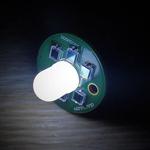
“Plastic covered photo cells + Supercapacitor with unlimited life Features: - 6x BPW34 photodiodes aka solar cell (plastic diodes, more resistant to damage against glass solar cell) - Up to 10F supercapacitor (You can use bigger capacity but 10F is optimal for charge …

“Little Flash is a 3d printed robot powered by ultracapacitors. To prevent getting stuck, she uses a bump switch and random path adjustments. She runs for 25 minutes and can be charged in about 40 seconds using a 10 amp …

“The challenge of building an energy future that preserves and improves the planet is a massive undertaking. But it all hinges on the charged particles moving through invisibly small materials. Scientists and politicians have recognized the need for an urgent …

“The rise in popularity of electric vehicles and aircraft presents the possibility of moving away from fossil fuels toward a more sustainable future. While significant technological advancements have dramatically increased the efficiency of these vehicles, there are still several issues …
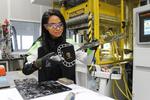
“MIT-Italy helps build supercharged partnerships on campus and across the globe. “He was here to dream, and I said ‘OK, let’s dream together,’” recalls Professor Mircea Dincă of his first encounter with Automobili Lamborghini Head of Development Riccardo …

“Over the past decade, the UAE has demonstrated a serious commitment to the development of renewable and alternative energy, which is one of the pillars of the country’s economic diversification strategy. The empowerment of renewable energy technology and the …
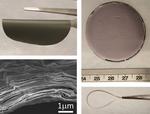
“A class of atomically thin 2D compounds, known as MXenes, have a unique combination of properties that are useful for electronic and sensing applications. Discovered by researchers at Drexel University as electrodes for energy applications, MXenes have become a research …

“The next generation of waterproof smart fabrics will be laser printed and made in minutes. That’s the future imagined by the researchers behind new e-textile technology. Scientists from RMIT have developed a cost-efficient and scaleable method for rapidly fabricating …
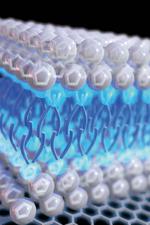
“An international team of scientists, including a professor of chemistry from the University of Bristol, has worked out a way to improve energy storage devices called supercapacitors, by designing a new class of detergents chemically related to laxatives. Their paper …
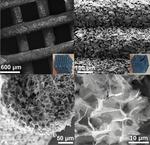
“For the first time, a team of researchers, from the School of Materials and the National Graphene Institute at The the University of Manchester have formulated inks using the 2D material MXene, to produce 3D printed interdigitated electrodes. As published …

